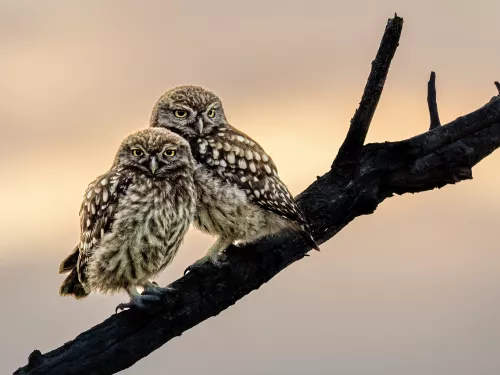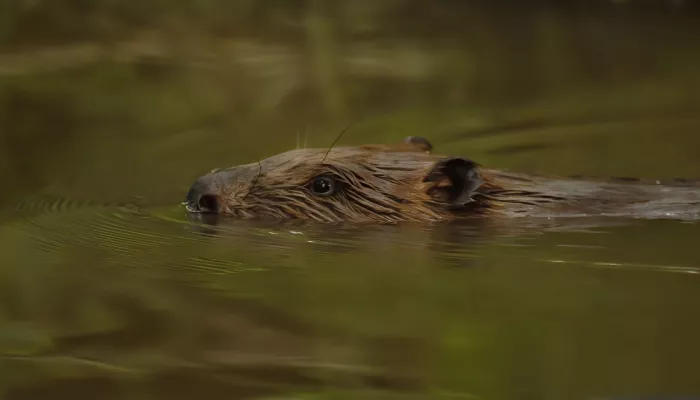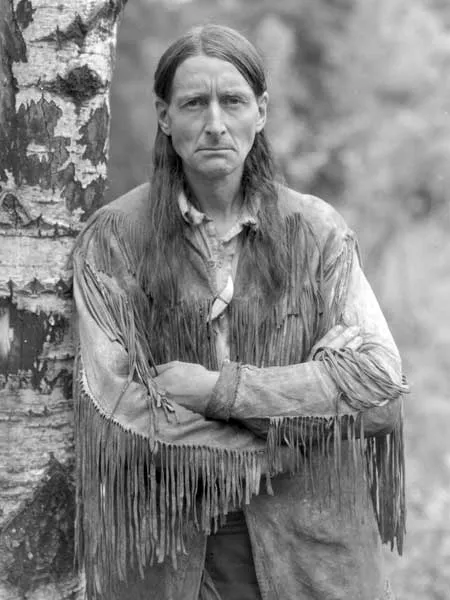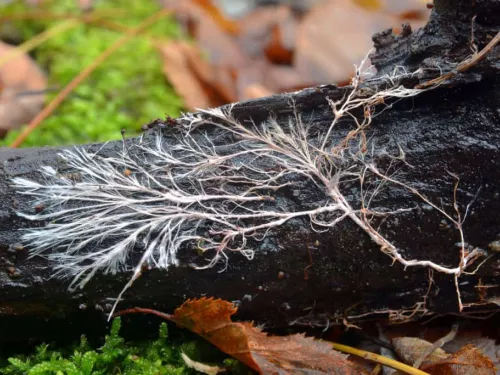
If you go down to the woods today – 9 surprising animals to look out for amongst the Kentish trees
Volunteer Matt Huggins explores some of the lesser-known but still fascinating animals that grace our woodlands.


Centuries ago, there were estimations of millions of beaver in Canada, and beavers were seen as a useful species by indigenous people: - from archaeological sites across Canada, we know that their fur (pelts) were made into coats and hats, they ate the meat, used teeth as necklaces and jawbones as snowshoes. This was done sustainability, coexisting, as the human population of indigenous people was small.
In the late 1400s, Europeans arrived, hunting a variety of species, including whales and fish. Indigenous communities began using beaver pelts to trade. From this, European settlers started hunting beavers for themselves to avoid trading. As a result of the competition for resources and unsustainable beaver hunting that was occurring, the Beaver Wars began during the Seventeenth century. Leading the way and controlling most of the trade was the British. Not only did British settlers hunt the European beaver to extinction in Britain, but they also contributed to the near extinction of American beavers in Canada. These activities dramatically negatively impacted the American beaver population in Canada as well as indigenous Canadian, as the war between the indigenous and the European settlers led to disagreements surrounding land rights and much more.
By the 19th Century, the America beaver was close to extinction, with numbers estimated to be as low as half a million. To exacerbate the issue, habitat loss was also accelerating throughout Canada. Something needed change. A beaver trapper turned beaver conservationist, Grey Owl stepped in.
Grey Owl was born in 1888 in Hastings, East Sussex as Archibald Stansfeld Belaney. He travelled to Canada and fell in love with the country, and its people and decided to move to Canada to live amongst indigenous communities. There, he changed his name to Grey Owl and became an avid beaver conservationist. Grey Owl traveled all over the world to advocate for beaver conservation, becoming a global figure for the American and European beaver. Ahead of his time, he saw the value of beavers for ecosystems and cultural heritage. Wildlife conservation was a new concept in the 19th century in many places.

The history of American beavers in Canada highlights our long history in south east England with beavers, our cultural connection and their conservation, past, present and future.
In Britain, we hunted beavers to extinction hundreds of years ago. However, they are ‘ecosystem engineers’: beavers sculpt habitats into wetlands, creating vital aquatic habitats for a variety of other species, include water voles, insects, fish nurseries, bats, birds and more. Beaver activity in the right place can have important positive impacts for people too: where dams are built, downstream water flow slows, reducing flooding. Plus, as water flows through beaver dams, it is cleaned, reducing pollutant levels. The impacts of the wild population of European beaver in Kent can be enjoyed by people now and future generations to come.
If you want to learn more about beavers in Kent, sign up to one of our Beaver Study Days this autumn.
For advice about coexisting with beavers, you can contact the East Kent Beaver Advisory Group.
Listen to ‘The Rest of History’ podcast, episode ‘285. Canada: Beaver Wars’ below

Volunteer Matt Huggins explores some of the lesser-known but still fascinating animals that grace our woodlands.

Volunteer Matt Huggins explores the underground secrets of mycorrhizal networks and how they help trees to communicate with one another.

You hear “shark”, you think Jaws. Sadly, this is true for many of us… but then who hasn’t been slightly traumatised by Steven Spielberg’s enduring epic?